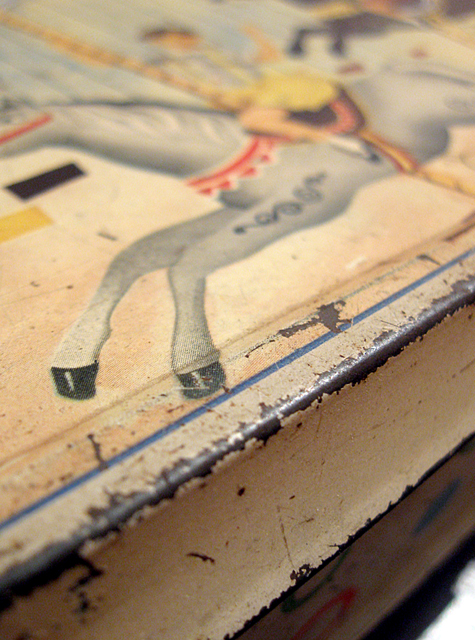You will need
- - paint;
- - brush;
- cloth;
- - sandpaper;
- - a sponge;
- - varnish for cracking.
Instruction
1
In stores for artists are sold ready paint with antique effect. However, you can experiment with conventional compositions.
2
To test the first method you will need a cotton fabric of white color (or any color but non-fading). Pour in a tray for paint any color latex paint in a thin layer. Crumple the cloth in her hand and lightly dip it in the paint. Press the fabric to the painted surface, but do not RUB. As a result, you will get an uneven layer of color. Leave it to dry, and then RUB the entire area with fine emery paper, enhancing the effect of peeling time colors. The finished layer will secure a suitable varnish (it is selected depending on the material that has been painted).
3
The effect of the old silvering or gilding chipped you can get on brand new things with acrylic paint of two colors. The first layer is applied tightly, ukravit this is a roller. After the paint is completely dry in some areas surface applied gold or silver acrylic: dip it in the sponge and press it 5-10 times to paper-draft. When the trace of the sponge becomes easy and the prints will be visible the texture of the foam, with light patting movements "powder" base color.
4
On wooden objects would be the best look half-worn white paint. As a rule, it goes well with the contrasting blue background. Use a hard brush rather large size of the bristles. The uneven edge of the bristles will be an added advantage. Type in the brush a little bit of paint, RUB it on draft. When the tool will be semi-dry and the slide will be impeded, go with a brush on wood, a few minutes Polish it with a dry cloth. Such strokes will look good on convex parts of the objects with which the paint is most quickly erased in their daily use.
5
For more professional antiquity effect experiment with krakelyurnogo varnish. During a one-step craquelure on the subject to apply the base color, which will later be visible in the cracks. After drying, this layer must be covered krakelyurnogo varnish and wait for such an extent of drying in which the fingers will be free to come off from the surface of the object, but also to feel the humidity. This is followed by the layer of contrasting paint, which will crack.
6
When you create a two-step crackle varnish is applied to the finished product and create a network of small cracks, which rubbed pastel or colored powder. Regardless of what kind of craquelure you prefer, apply the varnish in a single layer, without touching the brush to have covered the place. Together with the thickness of the layer will increase the size of the cracks. When all the cracks dry, aged subject of the top layer of finish paint to consolidate the effect.


